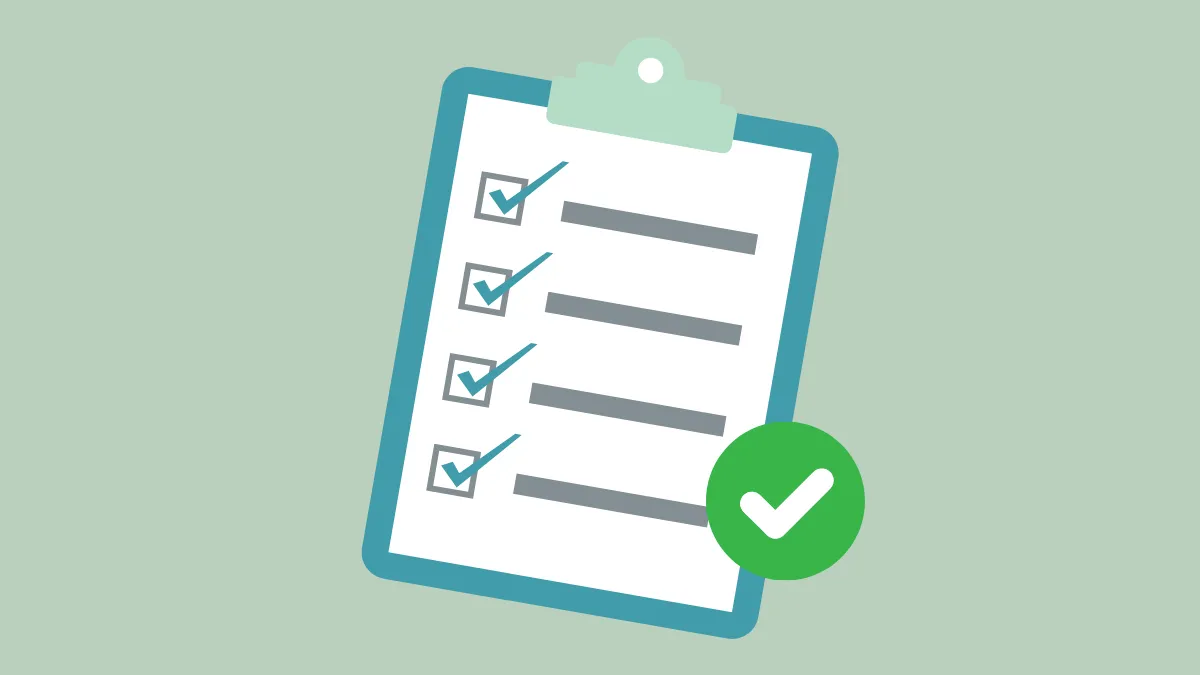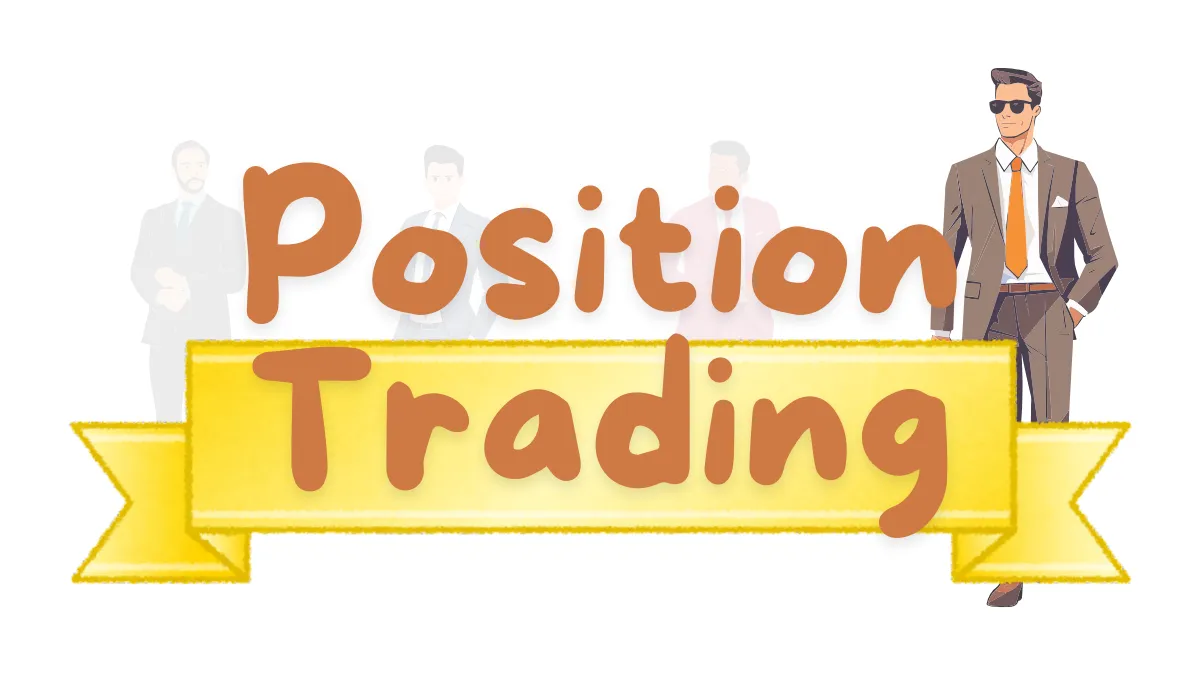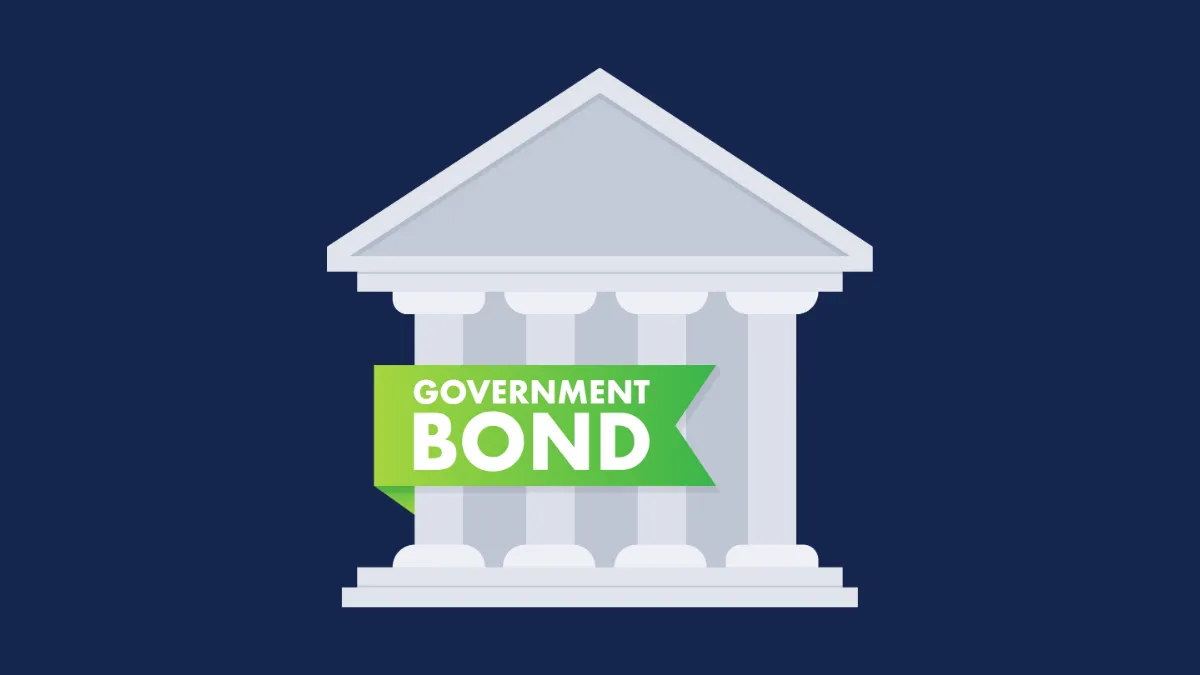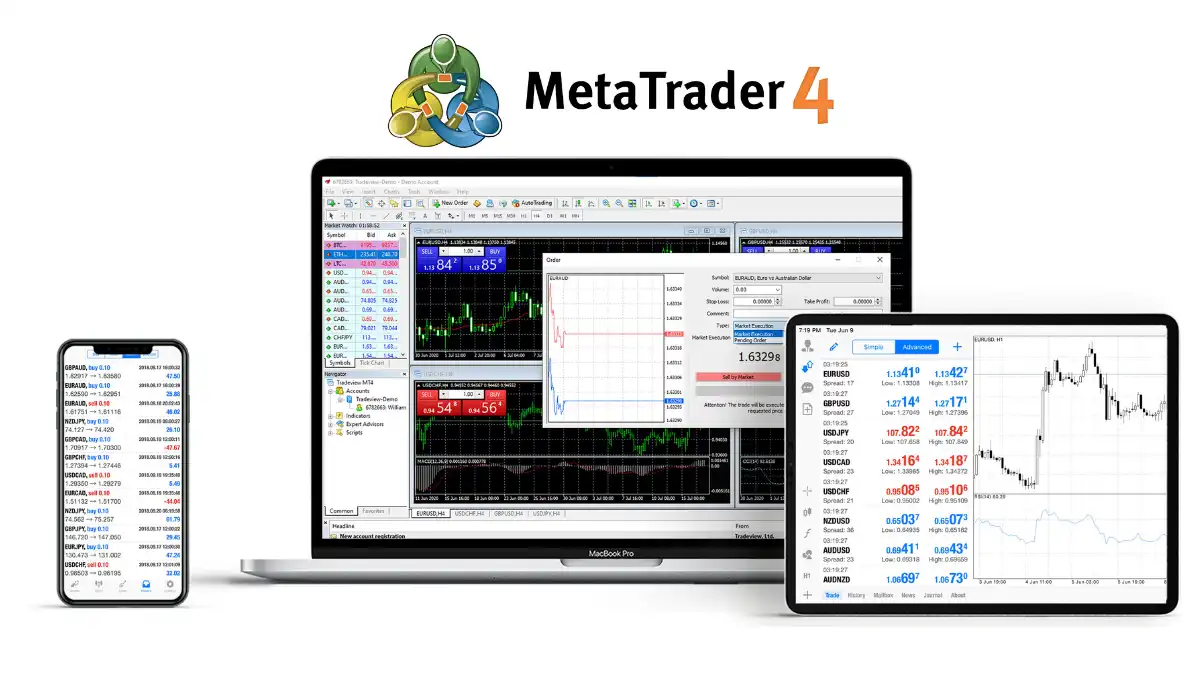In-depth Understanding of Forex Margin: Understanding Margin Call and Stop Out, and Learning Risk Control
In previous articles, we learned that forex trading requires depositing "margin" as collateral, and how "leverage" amplifies the trading scale.Now, we will explore two concepts directly related to margin that are crucial for your account safety: "Margin Call" and "Stop Out".
Many beginners fear these two terms because they are often associated with losses or even account liquidation.
However, understanding how they work is the first step to protecting your funds.
This article will explain in detail the key indicator of account health — the "Margin Level," how it is calculated, and what warnings and forced actions are triggered when this level is too low. Most importantly, we will discuss how to avoid such situations.
1. Key Indicator: How to Understand Your "Margin Level"?
On your trading platform, you will definitely see a percentage number called "Margin Level".This number is the most important indicator to judge your account's current risk status. You can think of it as your account's "health dashboard."
Its calculation is as follows:
Margin Level = (Equity / Used Margin) x 100%
Let's break down the elements in the formula:
- Equity: This represents the true value of your account at the moment. It equals your "Account Balance" plus all unrealized profits and losses of open trades.
Example: Your account balance is $1000, and you have an open position with a floating loss of $100. Then your equity is 1000 + (-100) = $900. If the position has a floating profit of $50, the equity is 1000 + 50 = $1050. - Used Margin: This is the total margin "locked" to maintain all your current open trades. This amount depends on the currency pairs you trade, the lot size (volume), and the leverage used.
Example: If your open trades require locking $200 margin, then your used margin is $200.
Calculation Example:
Assuming your account status is as follows:
- Account Balance: $1000
- Unrealized floating loss on open trades: -$150
- Used Margin: $200
Equity = 1000 + (-150) = $850
Margin Level = (850 / 200) x 100% = 425%
This 425% level usually indicates the account is still quite healthy.
But if your losses continue to grow, causing equity to drop, the margin level will also decrease.
2. "Margin Call": Yellow Light Warning!
When your trading losses expand, causing your account equity to shrink, your "Margin Level" will keep dropping.Almost all brokers set a "Margin Call Level", usually expressed as a percentage of the margin level (e.g., 100%, 80%, 50%, etc.).
Key: This trigger percentage varies by broker and account type, so you must check and clearly understand the specific rules of your broker!
- What happens? When your margin level falls to or below this preset margin call level, the trading platform usually issues a warning (which may appear as a pop-up alert, color change, or email/SMS notification).
- Why does it happen? This means your account equity relative to your used margin has dropped to a dangerous level. The remaining "Available Margin" in your account, which buffers losses, is very low or may even be negative.
- What to do after receiving the notification? This is an urgent warning reminding you to take immediate action, or you may face worse consequences. You need to:
- Option 1: Deposit more funds into your account to increase equity and thus raise the margin level.
- Option 2: Immediately close part or all of the losing trades to reduce "Used Margin". Although closing losing positions may realize losses and reduce equity, the main goal is to free up used margin to increase the margin level percentage.
Calculation Example:
Continuing the previous example, assume the broker's margin call level is 100%. Your used margin is $200.
If your floating loss continues to increase, causing equity to drop to only $200:
Margin Level = (200 / 200) x 100% = 100%
At this point, you have triggered a margin call.
3. "Stop Out": Red Light Execution!
If you receive a margin call but do not take timely action (for example, the market continues to move rapidly against you, or you neither deposit funds nor close positions), your margin level may continue to fall.Brokers also set a "Stop Out Level" lower than the margin call level, also expressed as a percentage (e.g., 50%, 30%, 20%, etc.).
Key: This stop out level percentage also varies by broker, so be sure to check carefully!
- What happens? When your margin level unfortunately reaches or falls below this stop out level, the broker's system will no longer warn you but will automatically and forcibly start closing your open trades.
- How is it executed? Usually, the system starts closing the position causing the largest loss. After closing one position, the system recalculates the margin level. If the level is still below the stop out line, the system continues closing the next largest losing position, and so on, until the account's margin level rises above the stop out line.
- Why force close? This is the broker's last resort to protect itself and the trader (to prevent the account from going negative and owing money to the broker). Forced liquidation limits further loss expansion.
Calculation Example:
Continuing the previous example, assume the broker's stop out level is 50%. Your used margin is $200.
When your floating loss is very large, causing equity to drop to only $100:
Margin Level = (100 / 200) x 100% = 50%
At this point, the system will start automatically forcing the closure of your positions.
4. How to Avoid Touching the "Warning Line" and the "Critical Line"?
After understanding the above mechanisms, it is even more important to learn how to avoid putting your account in such dangerous situations.Here are some key risk management strategies:
- Use leverage cautiously: This is fundamental. Using lower leverage means you need more margin to control the same value of positions, or with the same margin, you can only control smaller position sizes. This naturally keeps your "Used Margin" to "Equity" ratio lower, maintaining a higher and safer margin level.
- Strictly use Stop Loss orders: When opening each trade, you should pre-set a maximum acceptable loss range and set a stop loss order. This way, even if the market moves against you, losses are limited to a controllable range, preventing a single large loss from severely eroding your equity and protecting your margin level. This is key to proactive risk control.
- Control position size (lot size): Do not invest too much capital in a single trade or open overly large positions. Ensure that your total "Used Margin" relative to your "Equity" remains at a reasonable low ratio.
- Constantly monitor margin level: Develop the habit of always paying attention to the margin level percentage on your trading platform, especially when holding positions overnight or when the market may experience large volatility.
- Understand your broker's rules: Again, clearly know the specific margin call and stop out levels set by your broker.
- Keep sufficient available margin in your account: Do not use your funds too fully; leave enough "Available Margin" to buffer normal market fluctuations and potential losses.
Conclusion
"Margin Call" and "Stop Out" are built-in risk control mechanisms in forex margin trading.They are not scary; what is scary is trading without understanding them.
- Margin Level is the key indicator measuring your account health.
- Margin Call is a warning signal reminding you that your account risk is too high and needs immediate attention.
- Stop Out is the last line of defense before risk gets out of control, executed automatically by the system.
As a beginner, your primary task is to learn how to protect your principal.
By using leverage cautiously, strictly setting stop losses, reasonably controlling position sizes, and constantly monitoring your margin level, you can greatly reduce the risk of hitting these two critical lines, making your forex trading journey more stable and sustainable.
Be sure to fully practice these risk management methods in a Demo Account.
Hi, We are the Mr.Forex Research Team
Trading requires not just the right mindset, but also useful tools and insights.Here, we focus on Global Broker Reviews, Trading System Setup (MT4 / MT5, EA, VPS), and Forex Trading Basics.
We personally teach you to master the "Operating Manual" of financial markets, building a professional trading environment from scratch.
If you want to move from theory to practice:
- Help share this article to let more traders see the truth.
- Read more articles on Broker Tests and Forex Education.





